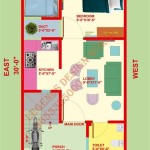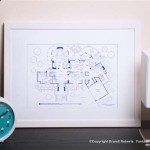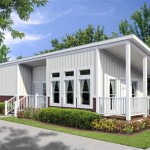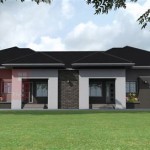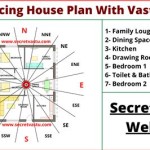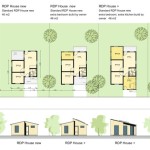Creating a Floor Plan for Your Home: Essential Considerations
Designing the perfect floor plan is crucial for creating a comfortable, functional, and aesthetically pleasing home. Here are the essential aspects to consider when creating a floor plan for your house:
1. Size and Layout
Determine the square footage of your home and allocate space efficiently. Consider the number of bedrooms, bathrooms, living areas, and other rooms required. The layout should flow seamlessly, with ample circulation space and natural light.
2. Room Adjacencies
Carefully plan the placement of rooms in relation to each other. Rooms with similar functions, such as the kitchen and dining room, should be adjacent for convenience. Avoid placing bedrooms near noisy areas, such as the garage or living room.
3. Traffic Flow
The floor plan should facilitate smooth traffic flow throughout the home. Avoid creating bottlenecks or unnecessary pathways. Ensure that high-traffic areas, such as hallways, are wide enough to accommodate movement.
4. Natural Lighting
Maximize natural light by orienting windows and doors towards the sun's path. Natural light not only enhances the ambiance of a home but also reduces energy consumption.
5. Storage and Organization
Incorporate ample storage space into the floor plan. Plan for closets, pantries, linen cupboards, and other storage solutions to minimize clutter and maximize functionality.
6. Safety and Accessibility
Ensure that the floor plan complies with safety regulations and is accessible for all occupants. Consider factors such as fire escape routes, stairwell widths, and handicap accessibility.
7. Exterior Connections
Plan for seamless transitions between the interior and exterior spaces. Include decks, patios, or porches that extend the living area and enhance the home's connection to the surrounding environment.
8. Energy Efficiency
Incorporate energy-efficient features into the floor plan. Consider the orientation of the home, insulation materials, and window types to minimize heat loss and save on energy bills.
9. Aesthetics and Style
Personalize the floor plan to reflect your tastes and lifestyle. Choose architectural styles, finishes, and fixtures that complement the overall design of the home and create a cohesive and inviting atmosphere.
10. Flexibility and Future Needs
Consider the potential for future changes and expansions. Plan for flexible spaces that can accommodate different uses as needs evolve over time. For example, a home office could be designed to convert into a guest room in the future.
By carefully considering these essential aspects, you can create a floor plan that not only meets your current needs but also creates a comfortable, functional, and visually appealing home for years to come.
Floor Plan Creator And Designer Free Easy App

Easy Home Building Floor Plan Cad Pro

Floor Plans Learn How To Design And Plan

Customize 2d Floor Plans

12 Examples Of Floor Plans With Dimensions

Floor Plan Creator Powerful And Design App Roomsketcher Create Simple Plans

Blender For Noobs 10 How To Create A Simple Floorplan In

Floor Plan Create 2d 3d Plans Autodesk

20 Best Floor Plan To Create Your Plans Foyr

How To Create A Small House Floor Plan That Works For You

